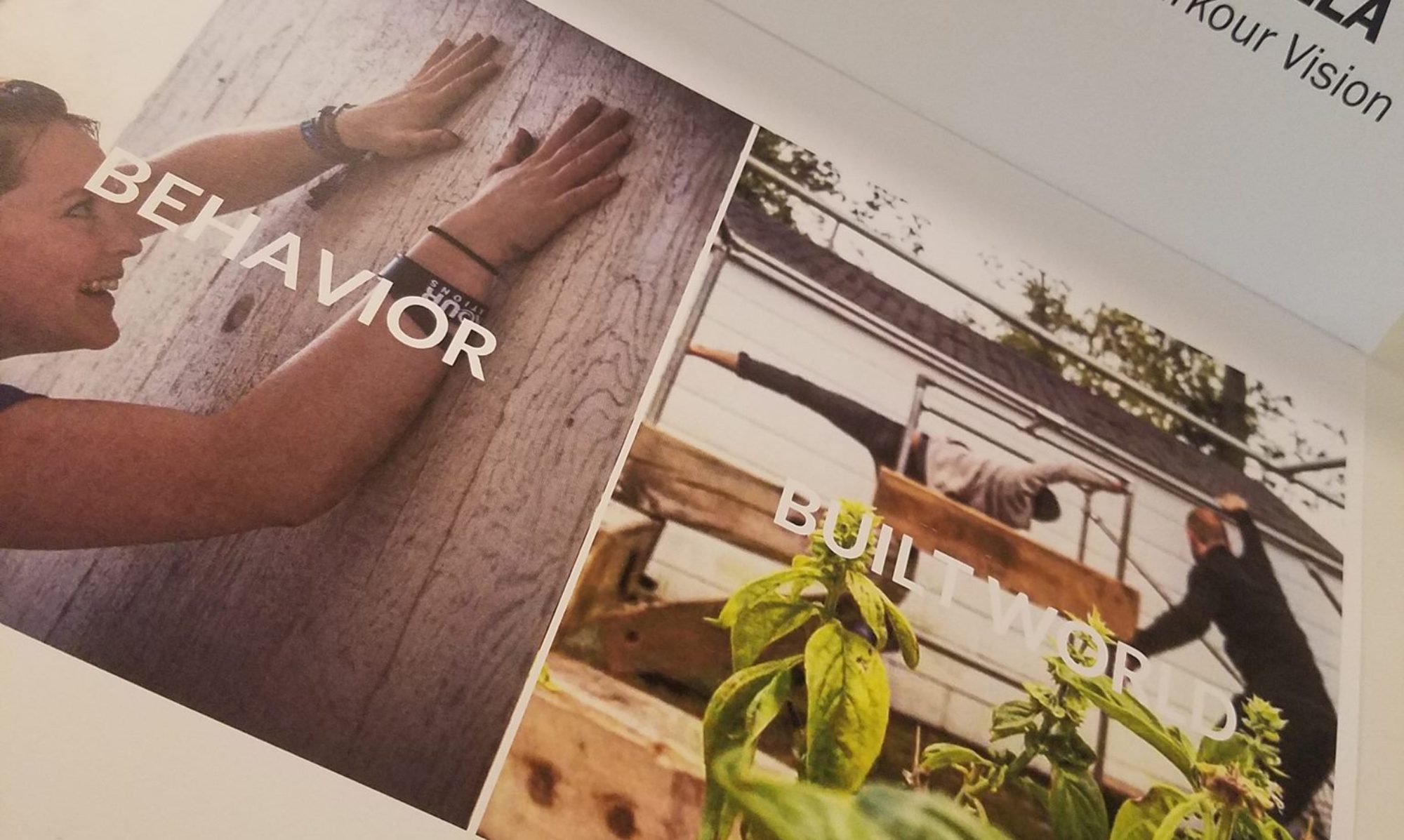What is the ‘self’? Characteristics, features, qualities. How do we find or lose it? How do we measure its authenticity in a world of unoriginality? Do we even need it? When and why? (functioning in society, for enlightenment, etc). IF we have it and discard it, what remains?
Response:
In my previous messy post, I discussed self as a sum of our values & needs. Values are a reflection of our beliefs and assumptions of the world and our selves. Needs are things we’ve identified as paths to happiness (sometimes accurate, othertimes not). To retain a healthy sense of self is to find your ‘kinetic’ self, your ‘fluid’ self–self as a process rather than a thing.
The Static Self
The ‘static’ self is a reflection of a lifetime of collected beliefs and conclusions, not just about the world but also ourselves. These beliefs, in the form of values and needs, become fixtures in our lives, organizing systems for all new experiences and information we encounter. It takes all new information and fits it into existing values/belief systems or it discards it.
We become trapped by our own perceptions, values, needs, knowledge, etc, as these things become increasingly fixed and static. The path to happiness becomes more narrow, it’s definition more exacting. Through the deep cultivation of convictions, we in fact create our own self-destruction.
Authenticity
To personally examine and consciously choose each of your values and beliefs: Free yourself from your conceptions of the world in order to turn around and actually examine them. Reject blind acceptance. Reject unquestioned cultural assimilation. You may find after your examinations that those beliefs are still true for you, but without that personal examination you will ultimately lack authenticity. Your ideas are not your own, they are functional transplants pending eventual failure: Because you did not create them yourself, you can not evolve them, you can not truly understand them.
Self-evaluation and re-creation is critical to being able to evolve those ideas later and stay authentically you.
Stability, Usefulness, and the Static Self
Does static self have a place? Static self in some ways is useful, at least as a way to interface with others. While your true self may be fluid and kinetic; changing under the surface, prehaps this turbulance is too much for those in society to deal with. Perhaps the ‘Static Self’ – a curated representation of who you are–is what we need in order to function in a highly developed society.
Static Self is when you earmark a point in your life, a version of yourself (complete with beliefs, values, needs), and present and re-present that version to the world. We all do this. We all become an image or a set of ideas/beliefs/behaviors to our loved ones, our families, our colleauges, etc. And sometimes, they do it to us. They capture an image in their heads of who we are, and we are condemned to it until they capitulate.
It doesn’t have to be this way, but it is easier, no? Humans crave stability. But the spiritual journey is one of great uncertainty. We need to find a balance to operate in society & to continue on our inner path at the same time.
So, I will leverage a series of static selfs against society for my ambitions, but with my most intimate of relationships I will strive to be my true self; a fluid human being in a state of constant growth and turmoil. I am a boiling sea, I am full of active tectonic plates, shifting, moaning, groaning, crunching, crushing: With my most intimate, I wish for them to be apart of the storm, an ally, a partner. I wish for them to push the plates, heat the water, agitate the storm. I wish for them to stand me up, to cool me off, to hold my hand.
Honesty, Ritual, & The Static Self
The Static Self is in many ways a dishonest representation of your current state. But the Static Self provides a sense of stability and a place of reference from which others in your life can interface.
For those undergoing great shifts, the static self is a way to avoid scaring people off. Most people in this world only have their static selfs, with minor variations, and can not comprehend rapid emotional and inner change.They do not depart on any deep spiritual journey–or will not until later in life.
This is perhaps why rituals are very important in society. Coming of age, getting married, moving out, moving around, entering and ending a relationship, starting, leaving a new job, etc. These pivotal movements are places where society accepts radical change in someones Static Self. So for most who do have a sense of fluid self, they save making a public shift until these periods.
Cultural Rituals are critical for the survival of the Static Self. Ugh could write too much on this. Skip.
What happens when we discard self?
This is one of the many enlightenments in life. Perhaps that process of defining self each day–the evaluation of values and needs–is a process of hacking away at the unessential.
If we can eliminate all superfluous needs–to need nothing for happiness–means, our day to day requires very little difficult choice. When our values are robust and elastic, and our needs are minimal, Happiness is an ease to achieve. Happiness comes from within.
Without needs, the self ceases to exist, the ego ceases to exist.
I honestly don’t know.
